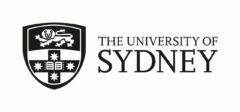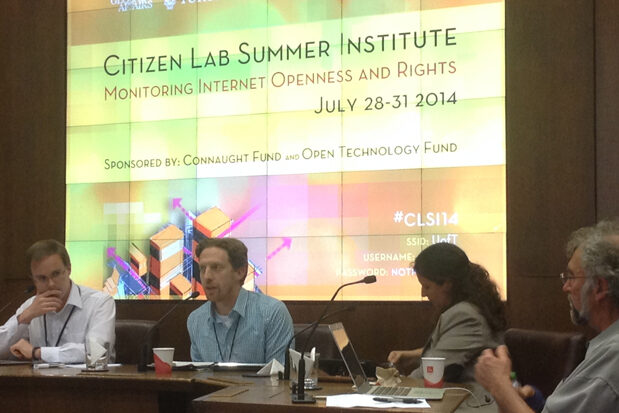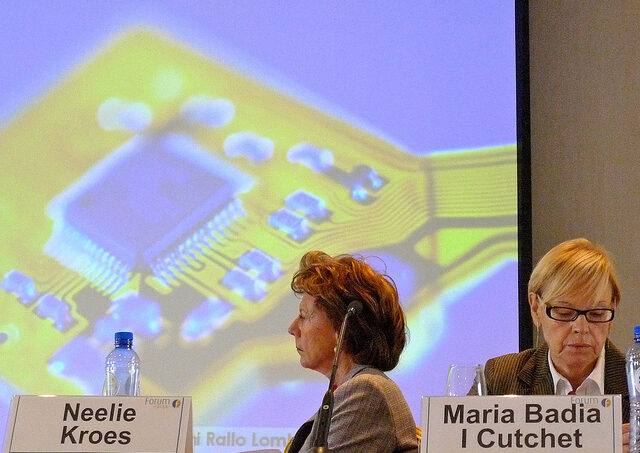
Critical infrastructures such as electric power grids are susceptible to cyberwarfare, leading to economic disruption in the event of massive power outages. Image courtesy of Pacific Northwest National Laboratory
Before the pervasive dissemination of Information and Communication Technologies (ICTs), the use of information in war waging referred to intelligence gathering and propaganda. In the age of the information revolution things have radically changed. Information has now acquired a pivotal role in contemporary warfare, for it has become both an effective target and a viable means. These days, we use ‘cyber warfare’ to refer to the use of ICTs by state actors to disruptive (or even destructive) ends. As contemporary societies grow increasingly dependant on ICTs, any form of attack that involves their informational infrastructures poses serious risks and raises the need for adequate defence and regulatory measures. However, such a need contrasts with the novelty of this phenomenon, with cyber warfare posing a radical shift in the paradigm within which warfare has been conceived so far. In the new paradigm, impairment of functionality, disruption, and reversible damage substitute for bloodshed, destruction, and casualties. At the same time, the intangible environment (the cyber sphere), targets, and agents substitute for beings in blood and flesh, firearms, and physical targets (at least in the non-kinetic instances of cyber warfare). The paradigm shift raises questions about the adequacy and efficacy of existing laws and ethical theories for the regulation of cyber warfare. Military experts, strategy planners, law- and policy-makers, philosophers, and ethicists all participate in discussions around this problem. The debate is polarised around two main approaches: (1) the analogy approach, and (2) the discontinuous approach. The former stresses that the regulatory gap concerning cyber warfare is only apparent, insofar as cyber conflicts are not radically different from other forms of conflicts. As Schmitt put it “a thick web of international law norms suffuses cyber-space. These norms both outlaw many malevolent cyber-operations and allow states to mount robust responses”. The UN Charter, NATO Treaty, Geneva Conventions, the first two Additional Protocols, and Convention restricting or prohibiting the use of certain conventional weapons are…


